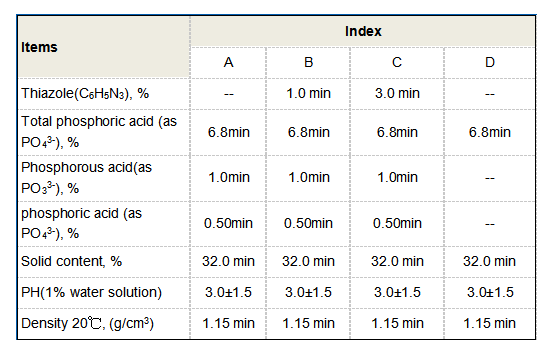coagulation and flocculation in water treatment
Coagulation and Flocculation in Water Treatment
Water treatment is an essential process that ensures the water we consume is safe, clean, and free from harmful contaminants. Among the various methods used in water treatment, coagulation and flocculation stand out as critical steps in the removal of suspended solids, colloids, and other impurities. Understanding these processes is vital for improving water quality and ensuring public health.
Coagulation is the first step in the process, where chemical coagulants are added to the water. These coagulants, commonly aluminum sulfate (alum) or ferric chloride, are positively charged substances that neutralize the negative charges of suspended particles. These particles, often derived from soil, organic matter, and microorganisms, tend to repel each other due to their similar electrical charges. When coagulants are introduced, the neutralization of these charges allows particles to come together and form larger aggregates.
Once coagulation occurs, the second stage, flocculation, begins. In this phase, gentle stirring or mixing of the water enhances the formation of larger aggregates, known as flocs. This process is crucial as the larger the floc, the easier it is to remove from the water during subsequent filtration or sedimentation processes. Flocculation typically involves the use of mechanical devices such as mixers, which help promote the collision and agglomeration of particles.
coagulation and flocculation in water treatment

The benefits of coagulation and flocculation extend beyond mere particle removal. By removing suspended solids, these processes also decrease the levels of pathogens and harmful microorganisms, thus improving the overall safety of drinking water. Furthermore, these methods can help in the removal of organic substances that can lead to the formation of disinfection by-products, ensuring that water treatment plants comply with health regulations.
After the flocculation process, the water typically undergoes sedimentation, where the heavier flocs settle to the bottom of the treatment basin. This step can be enhanced by gravity and is sometimes aided by additional coagulants to promote faster settling. The settled flocs, often referred to as sludge, are then removed, and the relatively clear water is further treated or disinfected as necessary.
It is important to note that the effectiveness of coagulation and flocculation can be influenced by various factors such as pH, temperature, and the type of coagulant used. Water treatment professionals often conduct jar tests to determine the optimal conditions for each specific water source, ensuring maximum removal of impurities.
In conclusion, coagulation and flocculation are vital processes in water treatment that contribute significantly to producing safe and clean drinking water. By effectively removing suspended solids and pathogens, these techniques help protect public health and ensure the sustainability of our water resources. As water quality challenges continue to evolve, ongoing research and advancements in coagulation and flocculation technologies remain essential for meeting the demands of safe water supply systems.
-
Premium Isothiazolinones | Broad-Spectrum Biocidal SolutionsNewsAug.28,2025
-
LK-319 Special Scale And Corrosion Inhibitor For Steel Plants: Advanced Solutions for Industrial Water SystemsNewsAug.22,2025
-
Flocculant Water Treatment: Essential Chemical Solutions for Purification ProcessesNewsAug.22,2025
-
Isothiazolinones: Versatile Microbial Control Agents for Industrial and Consumer ApplicationsNewsAug.22,2025
-
Scale Inhibitor: Key Solutions for Water System Scale PreventionNewsAug.22,2025
-
Organophosphonates: Versatile Scale Inhibitors for Industrial Water SystemsNewsAug.22,2025





